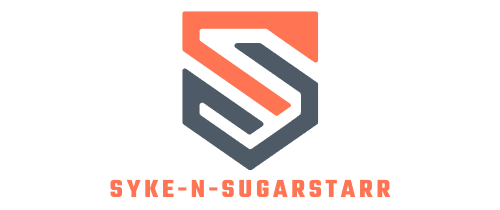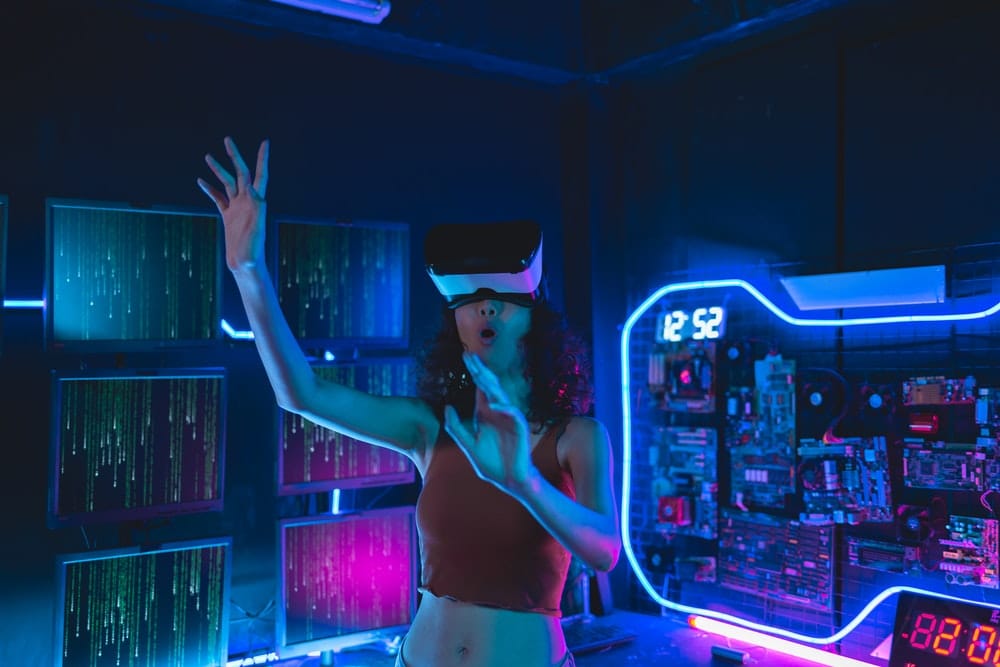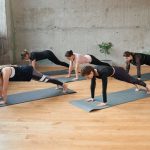As sports science continues to evolve, innovative training methods are emerging to keep pace with the increasing demands for superior athletic performance. One such advancement is the use of virtual reality (VR) based training simulators. This technology offers a unique, immersive experience that provides athletes with a safe and controlled environment to practice their techniques and sharpen their skills. This article will delve into the potential of VR training simulators in improving the speed and accuracy of goalkeeper reactions in ice hockey, based on numerous studies found on renowned academic platforms such as Google Scholar, CrossRef, and PubMed.
The Present Reality of Virtual Reality Training
Virtual reality, even though it sounds futuristic, is already very much embedded in today’s sports training landscape. An increasing number of studies conducted by sports scientists and researchers, indexed on platforms such as Google Scholar, CrossRef, and PubMed, have explored the potential of this technology in enhancing athletes’ performance.
En parallèle : What Are the Best Strategies for Youth Development in Professional Snooker?
In particular, virtual reality training simulators allow players to engage in simulated game scenarios that closely mimic real-time experiences. These simulations provide an opportunity to practice and master complex skills and techniques without the constraints and risks inherent in traditional training methods. The implications for sports such as hockey and soccer are vast, and the benefits have already been documented in numerous studies.
The Power of Simulation for Goalkeeper Training
Goalkeepers, whether in ice hockey or soccer, are arguably the most crucial players on any team. A single save or missed catch can ultimately determine the outcome of a game. Consequently, the importance of rigorous, effective training for these players cannot be overstated.
En parallèle : How to Use Altitude Training Masks for Pre-Acclimatization in Mountain Climbing?
Traditional training methods, though tried and tested, can be limited in scope and may not adequately prepare goalkeepers for the diverse range of scenarios they might encounter in a real game. However, VR-based training simulators offer a promising solution to this challenge. By replicating realistic game situations, these simulators allow goalkeepers to refine not only their physical abilities but also their decision-making skills, thereby improving their overall performance.
Moreover, the use of VR simulators for goalkeeper training can be highly efficient in terms of time and resources. Instead of requiring a full team of players for a training session, goalkeepers can practice independently with VR. It provides them with the flexibility to train at their own pace and personalise their training experience based on their unique strengths and weaknesses.
Real-Time Redirection in Virtual Reality
One of the greatest advantages of VR training simulators is the real-time redirection feature. Essentially, this feature enables players to experience and respond to realistic game scenarios as they unfold in real-time. The result? An enhanced ability to make quick, accurate decisions during high-pressure situations – a skill that is critical for goalkeepers in ice hockey.
By utilising this technology, goalkeepers can experience the speed and intensity of an actual game, practising their reactions to rapid puck movements and last-minute shot redirections. Over time, these virtual training simulations can help improve players’ reaction times and accuracy, making them more effective goalkeepers on the real ice.
Applying the Threshold of Reality
The success of virtual reality training depends on the ability of the technology to create an environment that closely resembles the real world. This is often referred to as the "threshold of reality". In the context of goalkeeper training, this means that the virtual environment should emulate the pace, intensity, and unpredictability of an actual hockey game.
In achieving this threshold of reality, VR training simulators can help goalkeepers develop a better understanding and anticipation of the game’s dynamics. They can practice their positioning, reflexes, and decision-making skills in a safe and controlled environment before applying these skills on the real ice.
Case Studies and Evidence
There have been a number of case studies exploring the use of VR in sports training. For instance, a study published on PubMed demonstrated that soccer goalkeepers who trained with VR simulators showed significant improvements in their reaction times and decision-making abilities.
In ice hockey, similar success stories have been reported. Goalkeepers who trained with VR simulators were found to have more accurate save percentages compared to those who trained using traditional methods. This provides strong evidence for the potential of VR as an effective training tool for goalkeepers in ice hockey.
Overall, the rise of virtual reality in sports training presents exciting possibilities. While the technology is still relatively new, it holds great promise in refining and revolutionising the way athletes train. For goalkeepers in ice hockey, in particular, VR could be the key to enhancing their performance and taking their game to the next level.
The Potential of Sense Arena in VR Training
The world of sports science is continually evolving, and with it, the introduction of new training methods. Sense Arena, a pioneer in virtual reality (VR) training, has made a significant impact on training methods in ice hockey. This technology has been favourably reviewed on platforms like Google Scholar, CrossRef, and PubMed, highlighting its potential to revolutionise traditional training methods.
Sense Arena provides a virtual reality platform that allows goalkeepers to practice in a highly immersive, simulated environment. The platform replicates real game conditions, making it an ideal tool for goalkeepers to train their reflexes, decision-making skills and overall performance.
Unlike traditional training sessions, which require a full team of players and can be time-consuming, Sense Arena allows goalkeepers to practice independently. They can adjust the intensity and complexity of simulations based on their unique strengths and weaknesses.
Furthermore, Sense Arena’s VR training platform includes a real-time redirection feature. This allows goalkeepers to experience and respond to fast-paced game scenarios, improving their ability to make quick decisions under pressure. As a result, goalkeepers can significantly boost their reaction times, enhancing their performance on the actual ice rink.
The Impact of Motion Capture Technology on Sports Science
As technology advances, it is becoming more integrated into the sports science field. Motion capture technology, for instance, is now widely used in conjunction with VR to provide a more realistic training environment for athletes. The technology records the athletes’ movements, which can then be used to create highly accurate virtual simulations for training.
In the context of ice hockey training, motion capture technology can track the intricate movements of a goalkeeper, such as blocking a penalty kick or catching a fast-moving puck. The recorded movements can then be used in VR training simulators, allowing goalkeepers to practice and perfect their techniques in a controlled virtual environment.
Moreover, the data derived from motion capture technology can provide a wealth of information about the performance of the athletes. It allows for a systematic review of the athletes’ performance, offering insights into their strengths and weaknesses, helping them to make necessary adjustments to their training methods.
Conclusion
Virtual reality training simulators have the potential to revolutionise traditional training methods in sports, particularly in ice hockey. By providing a realistic, immersive environment, they allow goalkeepers to enhance crucial skills such as decision-making and quick reactions.
The use of pioneering technologies such as Sense Arena and motion capture technology is making this possible, as they take traditional training methods to a whole new level. Their ability to create a realistic simulation of the actual game environment and track players’ movements paves the way for a more effective and efficient training method.
While we cannot ignore the benefits of traditional training techniques, the integration of VR and other advanced technologies in sports training offers an exciting future. As more studies continue to highlight the potential of these technologies, we can expect to see more widespread adoption in the world of sports, making a positive impact on the performance of athletes globally.






